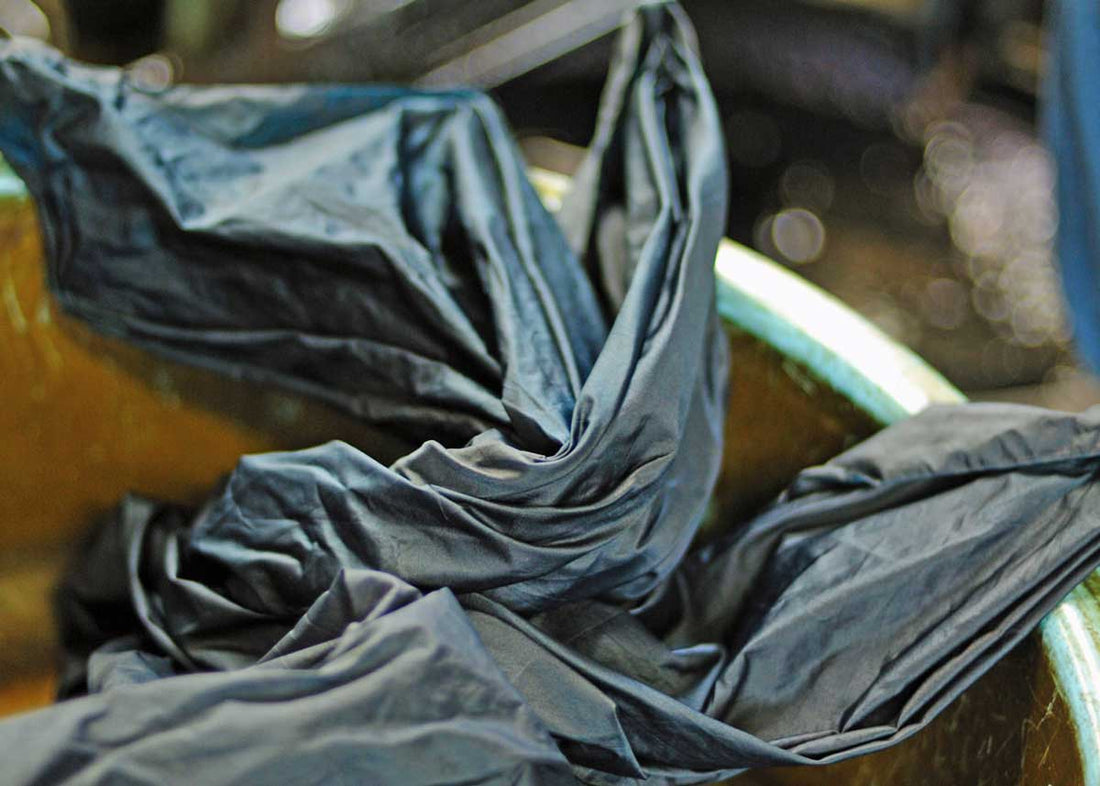
Recycling and Reuse of Old Fabrics
Share
Old Japanese fabrics are sought after for several reasons:
Historical Value: Vintage fabrics provide insight into the techniques, materials, and aesthetics of past eras.
Artistic Merit: The intricate designs and craftsmanship involved in traditional Japanese textiles are highly valued.
Sustainability: The practice of recycling and reusing old fabrics aligns with modern values of sustainability and environmental consciousness.
Aesthetic Appeal: The natural wear and patina of old fabrics, combined with techniques like sashiko, create a unique, rustic beauty that is highly prized.
Modern Influence
Today, traditional Japanese fabric production techniques and the use of natural dyes are experiencing a renaissance. There is a growing appreciation for the sustainability and beauty of these methods. Modern artisans continue to practice and innovate upon traditional techniques, blending them with contemporary design sensibilities.
In summary, the history of fabric production in Japan is a testament to the country's ingenuity and reverence for craftsmanship. From the use of diverse natural fibres and dyes to the development of intricate techniques like sashiko stitching, Japanese textiles have evolved to become both practical and artistic treasures. The recycling of old fabrics not only preserves historical and cultural heritage but also supports sustainable practices that are increasingly relevant today.
Historical Value: Vintage fabrics provide insight into the techniques, materials, and aesthetics of past eras.
Artistic Merit: The intricate designs and craftsmanship involved in traditional Japanese textiles are highly valued.
Sustainability: The practice of recycling and reusing old fabrics aligns with modern values of sustainability and environmental consciousness.
Aesthetic Appeal: The natural wear and patina of old fabrics, combined with techniques like sashiko, create a unique, rustic beauty that is highly prized.
Modern Influence
Today, traditional Japanese fabric production techniques and the use of natural dyes are experiencing a renaissance. There is a growing appreciation for the sustainability and beauty of these methods. Modern artisans continue to practice and innovate upon traditional techniques, blending them with contemporary design sensibilities.
In summary, the history of fabric production in Japan is a testament to the country's ingenuity and reverence for craftsmanship. From the use of diverse natural fibres and dyes to the development of intricate techniques like sashiko stitching, Japanese textiles have evolved to become both practical and artistic treasures. The recycling of old fabrics not only preserves historical and cultural heritage but also supports sustainable practices that are increasingly relevant today.
